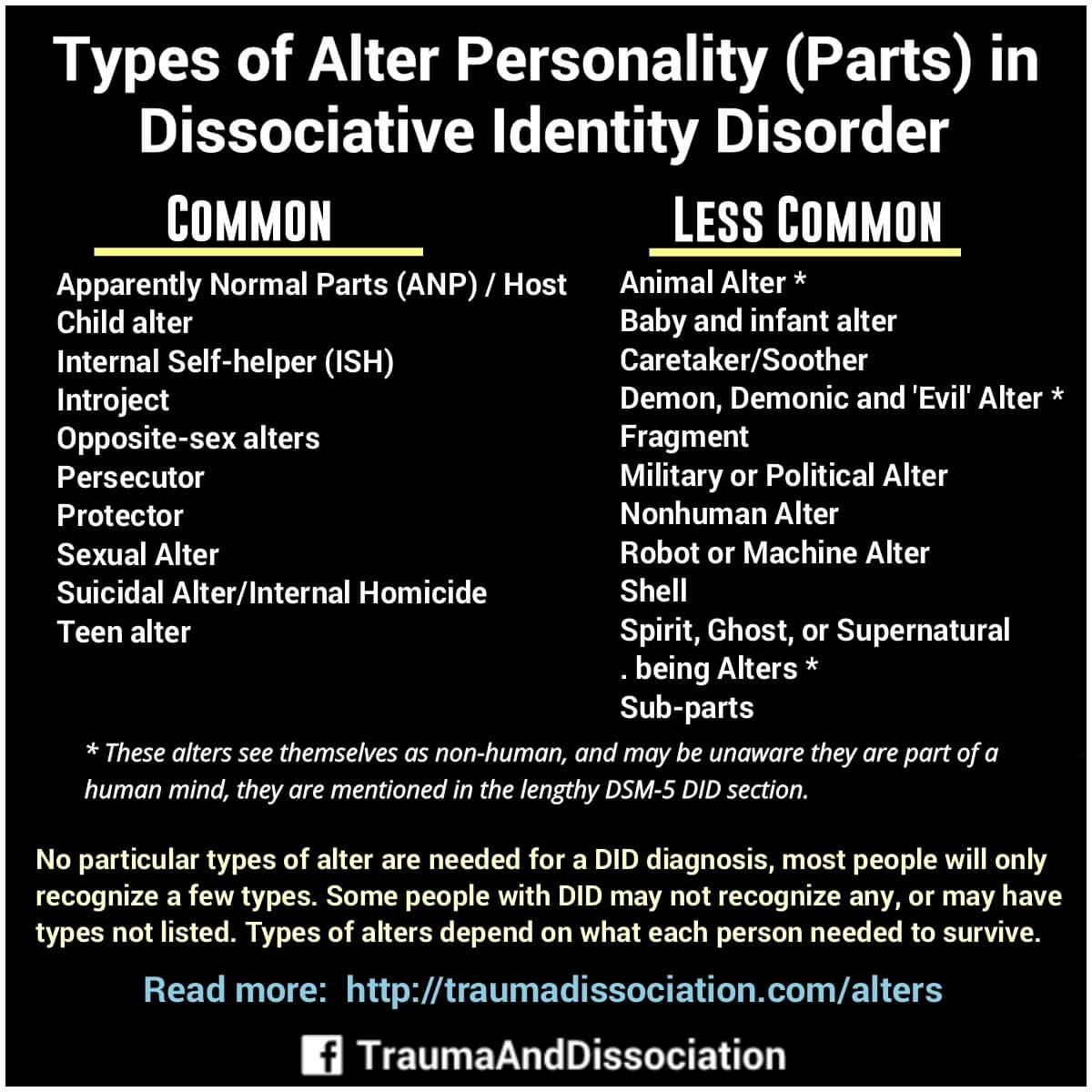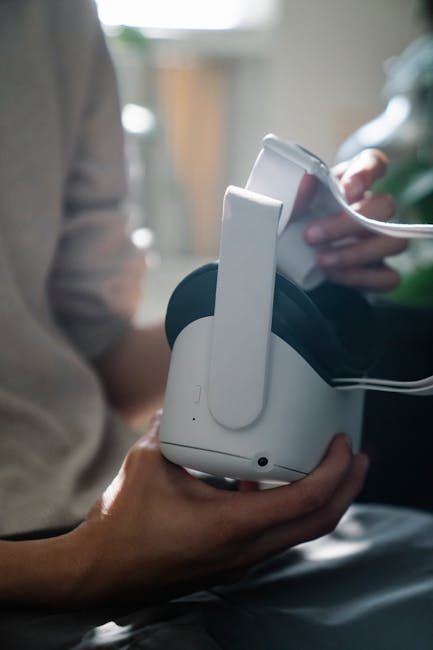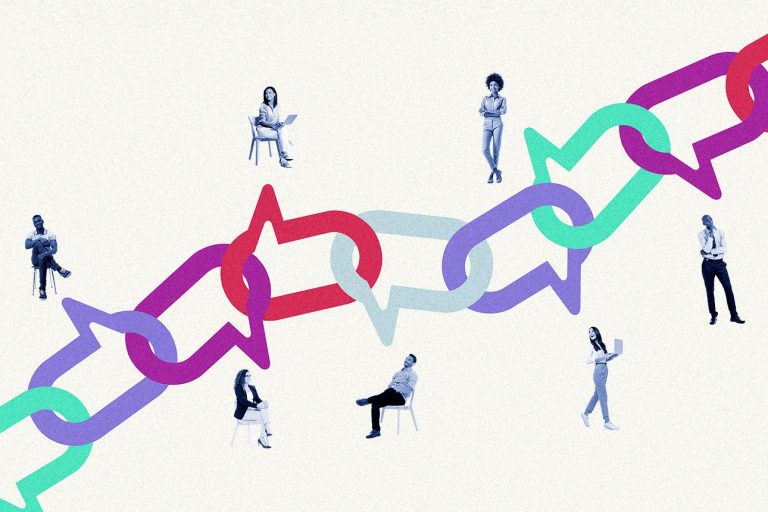The Virtual Frontier: Advancing Psychiatry and Therapy

Welcome to the wild west of mental health treatment, where cowboys and cowgirls trade in their spurs for headsets and six-shooters for virtual reality goggles. That’s right, we’re talking about the virtual frontier of psychiatry and therapy, where pixels replace pills and software substitutes for couches. Saddle up, partners, because we’re about to explore how technology is revolutionizing the way we approach mental health care. So grab your digital lasso and get ready to wrangle those bad thoughts into submission - the future of therapy is now!
Understanding Virtual Reality Therapy
In the world of therapy, virtual reality is not just for escaping your in-laws during the holidays. It’s actually a cutting-edge tool that can help people work through their issues in a whole new way. Imagine putting on a headset and suddenly being transported to a serene beach where you can work through your fear of public speaking. Or maybe you’d prefer a virtual forest where you can conquer your fear of spiders. The possibilities are endless!
Thanks to VR therapy, you can face your fears head-on in a safe and controlled environment. No need to worry about actual creepy crawlies in that virtual forest – they’re all just pixels! And the best part? You can track your progress and see tangible results as you work through your issues. It’s like therapy, but with a splash of sci-fi mixed in.
But don’t worry, VR therapy isn’t just for the technologically savvy. Therapists are there to guide you through the process and ensure that you’re getting the most out of your virtual experience. So why not give it a try? Who knows, you might just find yourself conquering your fears and exploring new possibilities within the virtual world.
The Evolution of Virtual Reality in Psychiatry
Virtual reality has come a long way from being just a source of entertainment to becoming a powerful tool in the field of psychiatry. Let’s take a trip down memory lane and see the evolution of virtual reality in the world of mental health.
From basic computer-generated environments to immersive 3D simulations, virtual reality has revolutionized the way therapists can treat various mental health conditions. Gone are the days of boring therapy sessions – now patients can immerse themselves in a world of their choosing, whether it’s a serene beach setting or a bustling city street.
Therapists can now create customized VR experiences tailored to each patient’s specific needs, allowing for a more personalized and effective form of treatment. No more one-size-fits-all approach – with VR, the possibilities are endless!
As technology continues to advance, the future of virtual reality in psychiatry looks bright. Who knows, maybe one day we’ll be able to virtually shrink ourselves down and explore the inner workings of the human mind. The possibilities are truly mind-blowing (pun intended)!

Benefits of Using Virtual Reality in Therapy
Picture this: you walk into a therapist’s office and instead of staring at a blank wall while discussing your deepest fears, you’re transported to a serene beach or a lush forest. That’s the magic of virtual reality therapy, folks!
With VR, you can conquer your fears in a safe, controlled environment. Whether you have a fear of heights, public speaking, or even spiders, VR therapy can help you face your fears head-on without actually facing them at all!
And let’s not forget the convenience factor. No need to commute to your therapist’s office or wait in a stuffy waiting room. With VR therapy, you can have your session from the comfort of your own home, in your pajamas if you so desire!
Plus, who wouldn’t want to escape reality for a bit and immerse themselves in a world of their choosing? Say goodbye to boring therapy sessions and hello to a whole new way of healing and self-discovery!

Challenges and Considerations in Virtual Psychiatry
Virtual psychiatry certainly has its fair share of challenges and considerations. Here are a few that come to mind:
One major obstacle in virtual psychiatry is ensuring the privacy and security of patient information. With hackers lurking around every corner, it’s important to have robust encryption and secure platforms to protect sensitive data. Otherwise, your therapy session might end up as fodder for the next big data breach headline!
Another consideration to keep in mind is the potential for technical difficulties. Imagine pouring your heart out to your therapist, only to have the call drop right as you’re getting to the good stuff. Technical glitches can really throw a wrench in the therapeutic process, so it’s important to have a Plan B in case your Wi-Fi decides to play tricks on you.
And let’s not forget about the challenges of building rapport and establishing a connection with your therapist through a screen. It’s hard to read body language and nonverbal cues when you’re not face-to-face, so therapists need to get creative in finding ways to bridge that gap. Maybe a virtual game of charades is just what the doctor ordered!

The Future of Virtual Therapy for Mental Health
Imagine a world where instead of lying on a couch in a stuffy office, you could receive therapy from the comfort of your own bed. is here, and it’s as convenient as ordering a pizza online (but hopefully with less guilt).
With virtual therapy, you can say goodbye to awkward waiting rooms and hello to cozy blankets and your favorite mug of tea. No need to worry about running into your nosy neighbor or seeing your ex in the waiting room – it’s just you and your therapist, virtually connecting to work on your mental health.
One of the best perks of virtual therapy is the flexibility it offers. You can schedule sessions during your lunch break, in between Netflix binges, or even while taking a bubble bath. Plus, you can choose a therapist from anywhere in the world, so you’re not limited to the overpriced professionals in your city.
So, embrace the future of mental health care and give virtual therapy a try. Your mental well-being deserves all the convenience and comfort that virtual therapy has to offer. And who knows, maybe one day you’ll be able to attend therapy sessions in virtual reality – now that’s a mind-bending thought!
Exploring Innovative Applications of Virtual Reality in Psychiatry
Virtual reality is not just for gaming anymore. In fact, psychiatrists are finding innovative ways to use this technology to improve mental health outcomes. Imagine a world where therapy sessions take place in a virtual environment where patients can confront their fears head-on in a safe and controlled setting.
One exciting application of virtual reality in psychiatry is exposure therapy for phobias. Instead of facing their fears in the real world, patients can now immerse themselves in a virtual environment and gradually expose themselves to the source of their anxiety. Whether it’s fear of heights, spiders, or clowns, virtual reality allows patients to confront their phobias without actually putting themselves in harm’s way.
Virtual reality can also be used to create simulations of social situations for patients with social anxiety. By interacting with virtual avatars in controlled scenarios, patients can practice social skills and build confidence in a safe and supportive environment. Who needs real friends when you can have virtual ones, amirite?
As technology continues to advance, the possibilities for using virtual reality in psychiatry are endless. From treating PTSD to managing stress and anxiety, virtual reality has the potential to revolutionize the field of mental health. So strap on your headset, take a deep breath, and immerse yourself in the world of virtual therapy. Who knows, you might just find yourself feeling a little less crazy and a lot more fabulous!
FAQs
How can virtual reality be used in psychiatric treatment?
Well, imagine your therapist handing you a pair of VR goggles instead of a box of tissues. With virtual reality, patients can immerse themselves in simulated environments that help them confront and overcome their fears, anxieties, and traumas. It’s like therapy, but with a side of pixels.
Are there any risks associated with using virtual reality in therapy?
Only if you’re afraid of looking dorky in those VR goggles. But in all seriousness, there can be some potential risks such as motion sickness or disorientation. However, with proper guidance and supervision, these risks can be minimized.
Can virtual reality therapy be as effective as traditional therapy?
Absolutely! Studies have shown that virtual reality therapy can be just as effective, if not more so, than traditional therapy. Plus, who wouldn’t want to escape to a virtual world for a little mental health R&R?
Is virtual reality therapy accessible to everyone?
Unfortunately, not yet. The technology is still relatively new and can be expensive. But as VR becomes more mainstream and affordable, we can look forward to a world where everyone has access to this futuristic form of therapy.
What are some exciting advancements we can expect to see in the future of virtual reality therapy?
Think “Black Mirror” meets therapy. We’re talking about personalized virtual reality experiences tailored to individual needs, AI-powered therapy bots, and maybe even virtual support groups where you can hang out with your pixelated pals. The future of virtual reality therapy is bright (and virtual).
Time to Say Goodbye to Traditional Couches!
Well folks, it looks like we’re reaching the end of our journey through the virtual frontier of psychiatry and therapy. It’s time to bid adieu to the old school ways of reclining on couches and spilling our deepest thoughts to a clipboard-wielding therapist. We’ve entered a new era of pixels, avatars, and virtual hugs – and hey, it’s not so bad!
So as we log off from this virtual realm, let’s remember to embrace the digital revolution and all the exciting possibilities it brings to the field of mental health. Who knows, maybe one day we’ll be curing our anxieties with a swipe of a touchscreen. Until then, keep exploring, keep growing, and most importantly, keep laughing – because even in the virtual world, a good sense of humor is still the best therapy. Cheers to the future, and may your Wi-Fi signal always be strong!






